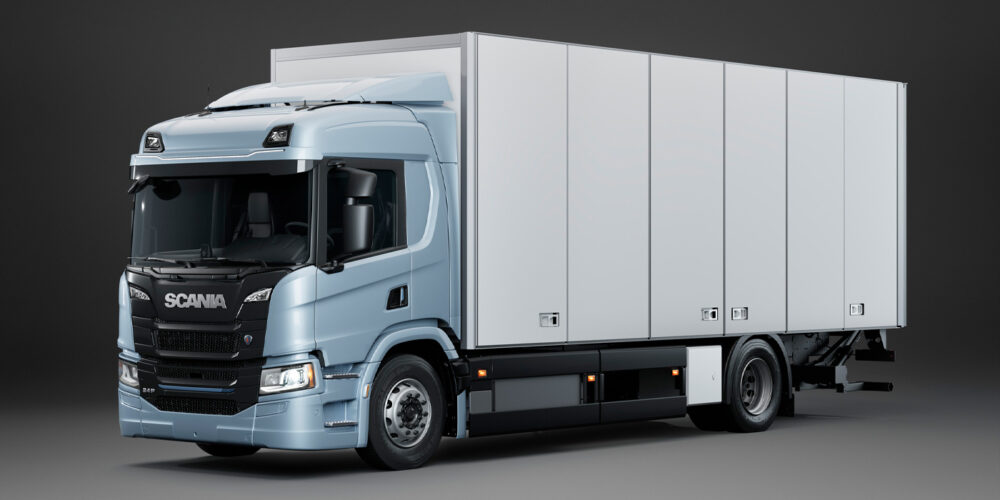Communication, teamwork, cooperation and other buzzwords aren’t news to those of us in the trucking industry. They represent worthy goals in many instances, but I’ve long had a bit of a problem with the way concepts have been presented.
One of the cornerstones of good management has been identifying goals and deploying available resources to achieve those goals in an efficient and timely manner. Companies must deal with employees, departments or project partners who don’t function well as a team. They may not communicate unless the purpose is to advance an individual agenda or may cooperate only to the extent they can relate success to their singular slice of profitability—or exercise other partisan participation. As a result, a project suffers.
But the world is changing. One reason is that the hardware, software, administrative requirements and service conditions are increasingly complex, which often requires specialized knowledge. Another fact is that impressive technology, problem solving, manufacturing, logistics and other capabilities exist, but are often outside of our immediate, or traditional, scope of reference. So, non-traditional, first time, or otherwise innovative alliances for problem solving may lead to otherwise unachievable goals.
But having said that, recent news suggests that at least one group of suppliers is finding a solution through their joint efforts. Four fleet truck component suppliers, working jointly under the banner of Wheel Torque Solutions, recently targeted several long-standing issues connected with the traditional wheel installation process for the waste hauling industry. It appears that success beyond that possible by any one, two, or three members of this combined effort has been achieved. While lots of hard work was undoubtedly done by each of the participants, the key seems to be focused management of selecting the right players, working toward a simple and common goal, replacing team members who are unable to perform, and combining state-of-the-art technology from diverse and specialized sources. More details on this example can be found on page 4 in this month’s issue, but there are some lessons for all of us here.
The first key is to identify goals for improvement without the limitations of currently identified solutions. Of special interest would be systems, component groupings, or process stages where a single component improvement makes only slight progress, but really just moves the problem to the next weakest link in the chain. Also, avoid solutions that are expensive to the point of not providing payback in a reasonable time. Some good solutions, however, may have a higher upfront cost, which can be justified by simple reductions in labor, downtime or frequent replacement parts purchases.
Another key is to choose partners who are willing and motivated to benefit from a solution. Remember that no worthwhile partnership survives unless each of the players stands to benefit. In short, each participant must bring something valuable to the table and should be justified in benefiting from the ultimate solution. Another observation is to recognize that some valuable input may come from those closest to the problem, while other essential input may come from unexpected sources. It’s generally productive to ask one component supplier whose components upstream or downstream of theirs might contribute to improvement. In the example cited above, the manufacturers of lug bolts, wheels, lug nuts and fastening tools each provided upgrades critical to a system solution.
Improvements can be derived from either evolutionary or totally innovative changes. The former tend to come from those most familiar with the product or process that uses it. This “Kaizen” approach should be continuous, but caution is in order to avoid evolving the most perfect buggy whip when a new innovative product, process or system should be the real goal. Good managers, whether they be suppliers or customers, should oversee the progress of opportunities to improve our industry. Marshalling the best mix of talent and technology today means looking within, as well as outside traditional resources. A little imagination and follow-through with the right cooperative efforts can be very productive.













